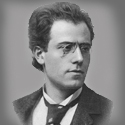
|
Gustav Mahler
Austrian composer and conductor< |
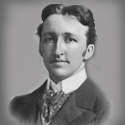
|
Siegfried Wagner
German conductor, opera director and composer
(third child and only son of Cosima & Richard Wagner) |
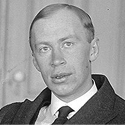
|
Sergei Prokofiev
Russian composer and pianist |
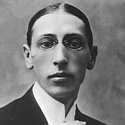
|
Igor Stravinsky
Russian composer and conductor |
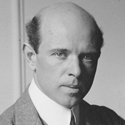
|
Pablo Casals
Catalan cellist |
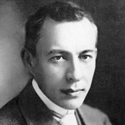
|
Sergei Rachmaninov
Russian composer, pianist and conductor |
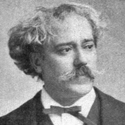
|
Pablo de Sarasat
Spanish violinist and composer |
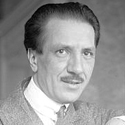
|
Jacques Thibaud
French violinist |
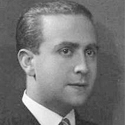
|
Claudio Arrau
Chilean pianist |
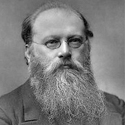
|
Hans Richter
Austrian-Hungarian conductor |
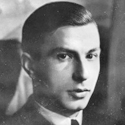
|
Nathan Milstein
Russian violinist |
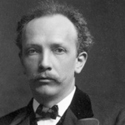
|
Richard Strauss
German composer and conductor |



 The actual founders were :
The actual founders were : 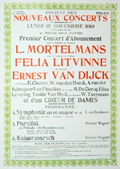 The Music Directors were Lodewijk Mortelmans (1903-1914) and Lodewijk De Vocht (1921-1936).
The Music Directors were Lodewijk Mortelmans (1903-1914) and Lodewijk De Vocht (1921-1936). 